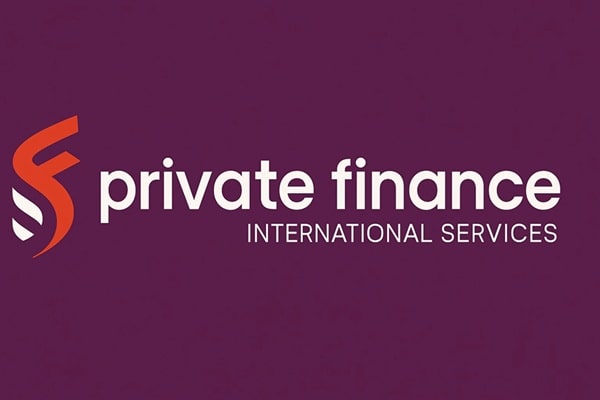Managing finances can be a daunting task for students stepping into the world of independence. From paying for textbooks and subscriptions to occasional travel and online shopping, there’s a lot to manage. One of the smartest ways for students in India to start building financial discipline is by using a credit card designed specifically for them. A student credit card is not just a tool for convenience; it’s an opportunity to build a strong credit history early, which can pave the way for better financial opportunities in the future.

Why Students Should Consider a Credit Card
Many students hesitate to get a credit card, thinking it may encourage unnecessary spending. However, when used responsibly, a student credit card can teach essential financial skills such as budgeting, tracking expenses, and timely bill payments. Beyond the learning aspect, it also helps students:
- Build Credit History: A credit card allows students to start establishing a credit score, which is critical for future loans or bigger financial decisions like buying a car or home.
- Manage Emergencies: Unexpected expenses can arise, and a credit card provides a safety net without immediately dipping into savings.
- Online Payments Made Easy: From paying for subscription services to shopping online, having a card makes payments smooth and hassle-free.
Understanding APR on Credit Cards
When considering a credit card, students must understand that the APR on credit cards stands for Annual Percentage Rate. The APR is the yearly interest rate you will pay on your outstanding balance if you do not pay your bill in full by the due date.
For students, it’s crucial to pick a card with a lower APR to avoid high interest charges. Paying off the balance in full each month can even help you avoid interest entirely. This will help turn the card into a powerful tool for learning financial responsibility without incurring costs.
Features of Student Credit Cards
Student credit cards come with tailored features, often making them simpler and safer than regular cards. Here’s what you can expect:
- Rewards and Cashback: Many student credit cards offer rewards points, cashback, or discounts on popular purchases like dining, online subscriptions, and books.
- Mobile App Management: Latest cards can be linked to mobile apps that let students track spending, pay bills, and receive instant notifications.
- No Hidden Fees: Transparent charges are a hallmark of good student cards.
What is a Lifetime Free Credit Card?
A common question among students is what is lifetime free credit card? Simply put, it’s a credit card that does not charge any joining fees or annual maintenance fees throughout its lifetime. Unlike traditional credit cards, which can have recurring annual charges, a lifetime free credit card allows students to access credit without worrying about hidden costs.
Lifetime free credit cards are ideal for students because:
- There’s no financial burden from annual fees.
- It encourages responsible usage without the pressure of extra charges.
- Students can build their credit history efficiently while saving money.
How Students Can Use Credit Cards Responsibly
Using a credit card responsibly is more important than having one. Here are practical tips for students:
- Spend Within Limits: Treat your credit limit like a monthly budget. Avoid spending beyond what you can pay back in full each month.
- Pay Bills on Time: Late payments not only attract penalties but can also harm your credit score. Set reminders or automate payments if possible.
- Monitor Statements: Regularly review your monthly statement to track expenses, spot errors, and plan for upcoming payments.
- Avoid Cash Advances: While tempting, cash withdrawals from a credit card can attract high-interest rates and should be avoided unless absolutely necessary.
Benefits Beyond Financial Management
Student credit cards are more than just a financial tool—they can offer perks that enhance lifestyle and learning experiences:
- Rewards Programs: Earn points on daily purchases, which can be redeemed for discounts, vouchers, or even travel rewards.
- Exclusive Offers: Many student cards partner with e-commerce platforms, restaurants, and entertainment services to offer discounts and deals.
- Credit Score Advantage: Early credit usage and timely payments help students establish a strong credit score, which can influence future financial products such as personal loans or car loans.
Choosing the Right Credit Card
When choosing a student credit card in India, consider the following factors:
- APR on Credit Cards: Lower interest rates make the card more manageable if you ever carry a balance.
- Lifetime Free Credit Card: Minimises fees while maximising benefits.
- Reward Programs and Cashback Offers: Look for cards that align with your spending habits.
- Parental Guidance: Some student cards may require parental co-signing, which also serves as a learning opportunity for discussions about financial responsibility.
- Mobile App and Online Features: Convenience in tracking and managing the card digitally is crucial for tech-savvy students.
Tools for Student Aiding Credit Card Decisions
Platforms like OneConsumer simplify the process of choosing and managing a student credit card. OneConsumer provides:
- Clear Information on APR and Fees: Helps students understand all costs, including APR on credit cards and the benefits of lifetime free credit cards.
- Learning Resources: Educational content empowers students to use credit responsibly and build a strong financial foundation.
Conclusion
A student credit card is more than a piece of plastic; it’s a stepping stone toward financial independence and literacy. By choosing the right card, understanding concepts like APR on credit cards, and leveraging options like a lifetime free credit card, students can develop responsible spending habits while enjoying convenience and rewards.
With several platforms, students in India can now confidently navigate credit card options, make informed choices, and begin building a healthy credit history—setting themselves up for financial success long before graduation.

